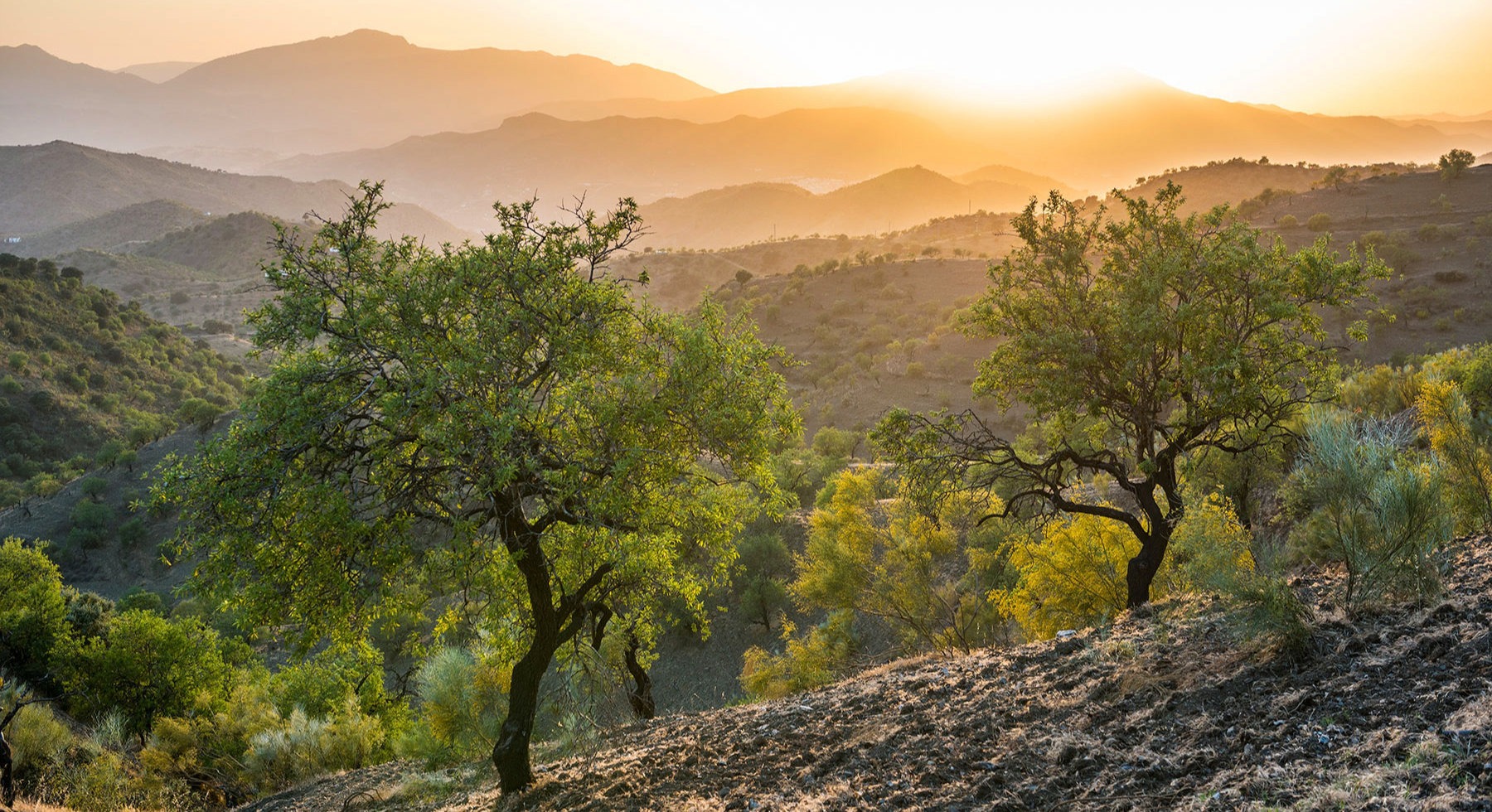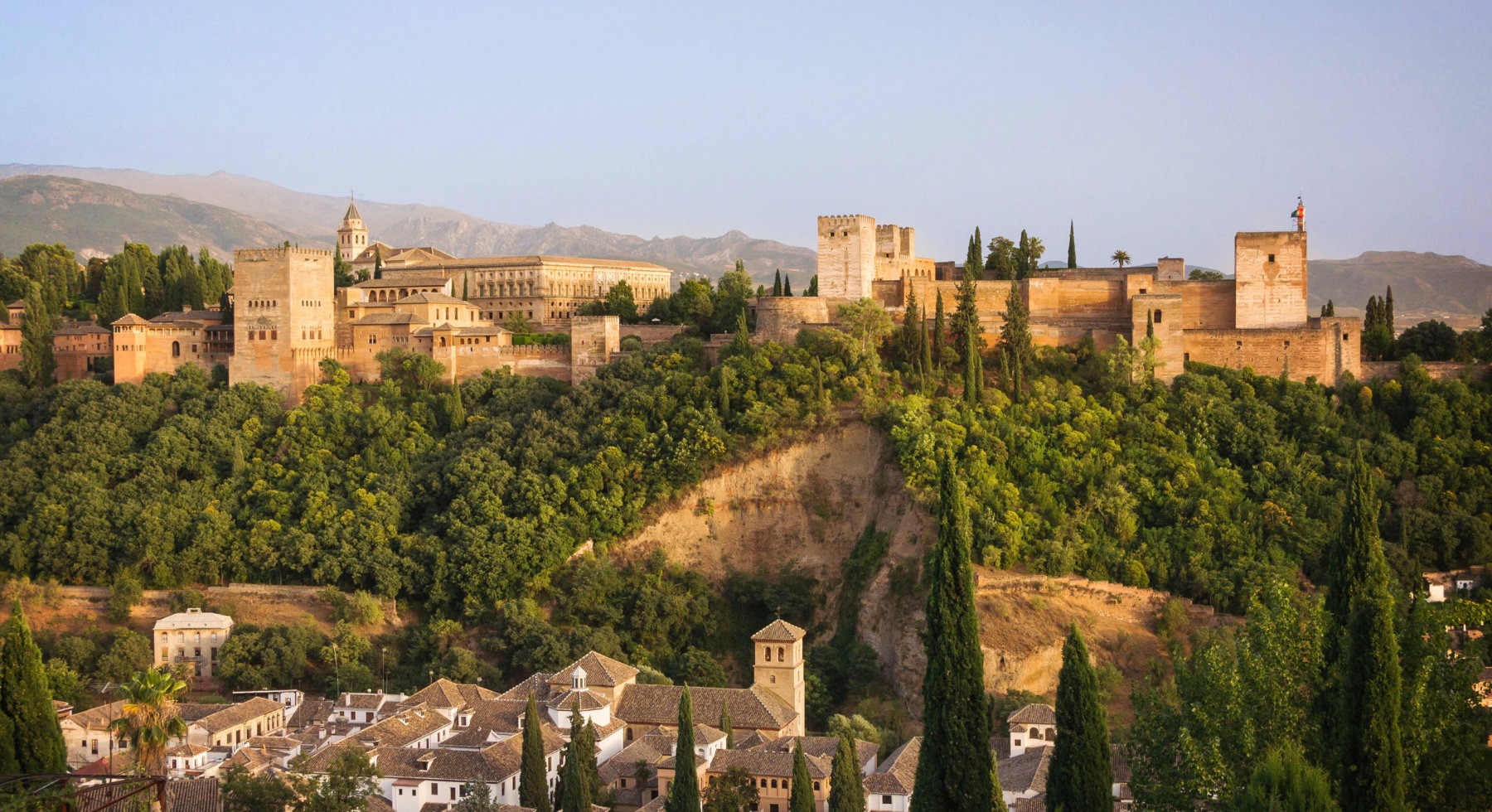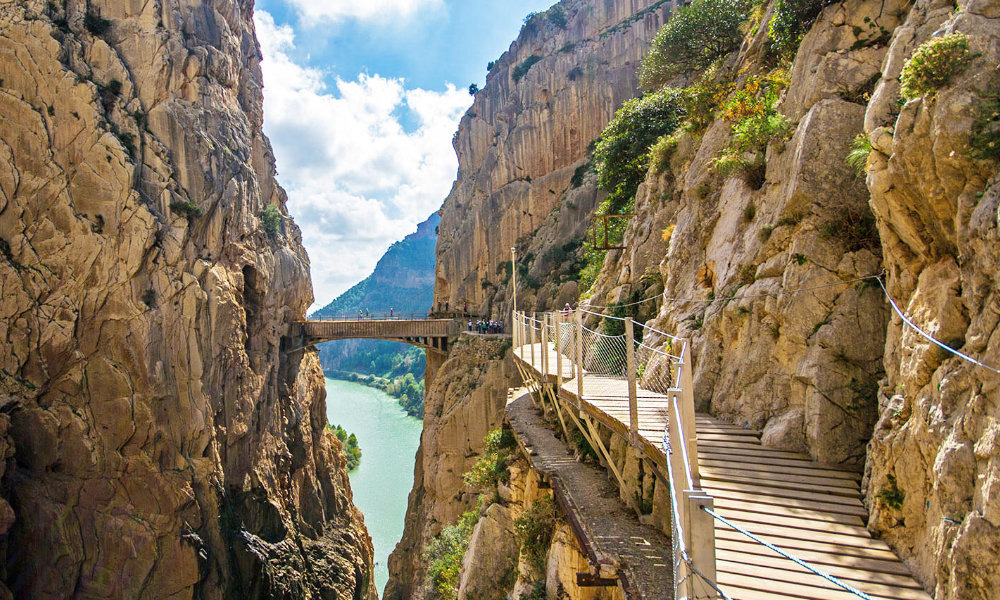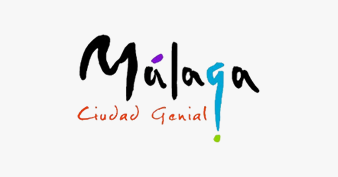In recent years, the concept of being a digital nomad has become increasingly popular. People who work remotely and travel around the world are no longer an anomaly, but rather a growing trend. Spain, known for its beautiful beaches, delicious food, and vibrant culture, has recognised the potential of digital nomads and has introduced a digital nomad visa. In this article, we will explore what a digital nomad visa in Spain is, who is eligible to apply for it, how to get it, and what are the benefits of having this visa.
What is a digital nomad visa?
A digital nomad visa is a type of visa that allows individuals to live and work remotely in a foreign country. It's designed for people who have a location-independent job or business and want to travel while working. In Spain, the digital nomad visa was introduced in 2021, and it allows individuals to stay in Spain for up to one year.
Who Can Apply for a Digital Nomad Visa in Spain?
Generally speaking, a digital nomad is someone who works remotely, giving them the freedom to live anywhere in the world. This term can be applied to anyone who has an online job that allows them to work remotely.
Step 1: Determine your Eligibility
Before applying for a digital nomad visa, it is important to determine your eligibility. To be eligible for a digital nomad visa in Spain, you must meet the following criteria:
You must be a citizen of a country that is not a member of the European Union, European Economic Area, or Switzerland.
You must be able to work remotely, either as a freelancer or for a company based outside of Spain.
You must have health insurance that covers you for the entire duration of your stay in Spain.
You must have sufficient financial means to support yourself during your stay in Spain, this income must come from outside of Spain and should be at least €2,259 per month or €27,108 per year .
You must not have a criminal record in Spain or in any other country where you have lived.
Step 2: Gather Required Documents
To apply for a digital nomad visa in Spain, you will need to gather the following documents:
A valid passport with at least one year of validity left.
A completed visa application form.
Proof of health insurance valid in Spain.
Bank statements or proof of income to demonstrate sufficient financial means.
A criminal record certificate from your home country.
Proof of Accommodation in Spain such as a rental agreement or hotel reservation.
Step 3: Apply for the Visa
Once you have gathered all the required documents, you can proceed to apply for the digital nomad visa. You can do this by following these steps:
Schedule an appointment at the Spanish consulate in your home country.
Fill out the visa application form.
Pay the visa fee.
Submit your documents.
Wait for the visa to be processed.
The processing time for a digital nomad visa in Spain is usually around 10 business days.
Step 4: Arrive in Spain
Once you have received your digital nomad visa, you can travel to Spain and begin working remotely. It is important to note that the digital nomad visa is valid for one year and can be renewed for an additional year.
What are the benefits of having a digital nomad visa in Spain?
The digital nomad visa in Spain offers a unique opportunity to live and work in a beautiful country, while enjoying a flexible lifestyle and exploring new cultures. Some of the benefits are:
Longer stay - with a digital nomad visa, you can stay in Spain for up to one year, with the possibility of renewing the visa for an additional year. This allows you to experience the culture, language, and lifestyle of Spain for an extended period of time.
Flexibility - the digital nomad visa allows you to work from anywhere in the world as long as your income is earned outside of Spain. This means you can travel and work from different locations in Spain or other countries.
Legal status - with a digital nomad visa, you will have legal status in Spain and won't have to worry about overstaying your visa or facing legal consequences.
Access to healthcare - as a digital nomad with a non-lucrative visa, you will have access to the Spanish healthcare system, which is considered one of the best in the world.
Business opportunities - Spain is a hub for innovation and entrepreneurship, with a growing startup scene. As a digital nomad, you may have the opportunity to connect with other entrepreneurs and explore potential business opportunities.
What are the taxes for digital nomads in Spain?
As a digital nomad in Spain, your tax obligations will depend on various factors such as your residency status, the source of your income, and the amount of time you spend in Spain.
If you are considered a tax resident in Spain, which generally means you spend more than 183 days a year in the country, you will be required to pay taxes on your worldwide income. This includes income earned from remote work or freelancing.
The tax rates for residents in Spain vary depending on your income level, with rates ranging from 19% to 47%. Additionally, if you earn more than €60,000 per year, you may be subject to a higher tax rate on a portion of your income.
If you are not a tax resident in Spain, you will only be required to pay taxes on income earned in Spain. The tax rate for non-residents is generally 24%, although there are some exceptions depending on the type of income earned.
It's worth noting that Spain has tax treaties with many countries to avoid double taxation, so you may be able to avoid paying taxes on the same income in both your home country and Spain.
It's always a good idea to consult with a tax professional to understand your specific tax obligations as a digital nomad in Spain.
Which are the best cities in Spain for digital nomads?
Spain offers a great mix of sunny weather, stunning architecture, delicious food, and a relaxed lifestyle and combined with the culture and business opportunities, makes it a perfect destination for digital nomads. Whether you are looking for a bustling city or a relaxed beach town, there is something for everyone in this beautiful country and here are some of the best cities in Spain for digital nomads:
Barcelona - this vibrant and cosmopolitan city is famous for its unique architecture, cultural landmarks, and lively nightlife. It is also a hub for entrepreneurs and startups, with a thriving tech scene and plenty of coworking spaces.
Madrid - the Spanish capital offers a great mix of business and leisure, with a wide range of coworking spaces, cafes, and restaurants that cater to remote workers. It is also home to many multinational companies, making it a great place to network and build connections.
Valencia - this coastal city is known for its warm climate, stunning beaches, and vibrant street art scene. It has a growing community of digital nomads and coworking spaces, as well as a laid-back lifestyle that is perfect for remote workers.
Malaga - located on the southern coast of Spain, Malaga is a picturesque city with a rich history and stunning architecture. It is also a popular destination for digital nomads, thanks to its warm weather, affordable cost of living, and growing startup ecosystem.
Seville - with its charming narrow streets, historic buildings, and flamenco dancing, Seville is one of the most picturesque cities in Spain. It also has a growing coworking scene, with plenty of spaces catering to remote workers, and a vibrant social scene that make it easy to meet like-minded people.
Is the Internet connectivity good for digital nomads in Spain?
Spain generally has good internet connectivity and is among the fastest in Europe, with high-speed internet widely available in most cities and towns. Major urban areas such as Madrid, Barcelona, Valencia, Malaga, and Seville have excellent internet infrastructure, with many co-working spaces and cafes offering free Wi-Fi.
However, in some more rural and remote areas, internet connectivity can be slower and less reliable. It's important to research the specific location you plan to work from before committing to a digital nomad lifestyle in Spain.
Tips for digital nomads in Spain
If you're planning on becoming a digital nomad in Spain, here are some tips to help you make the most of your experience:
Research your location - before you go, research the location you plan to work from. Check for co-working spaces, cafes with free Wi-Fi, and other amenities that will make your work life easier.
Learn some Spanish - Spanish is the official language of Spain, so it's a good idea to learn at least some basic phrases before you arrive. This will make it easier to communicate with locals and navigate day-to-day tasks.
Take advantage of siesta - many businesses in Spain shut down for a few hours in the afternoon for siesta. Use this time to take a break from work, relax, and explore the local area.
Explore the culture - Spain is known for its vibrant culture, delicious food, and lively nightlife. Take time to explore the local area and immerse yourself in the local culture.
Stay active - Spain has many beautiful outdoor spaces, from beaches to mountains. Make sure to take advantage of them by going for hikes or runs, practising yoga, or participating in other outdoor activities.
Network with other digital nomads- Spain is a popular destination for digital nomads, so it's a great place to network and meet other like-minded people. Attend local events and meetups to connect with other digital nomads and expand your professional network.
Spain is a great destination for digital nomads, with plenty of opportunities for work, play, and exploration. Just remember to do your research and stay open to new experiences!
Больше читать +





























